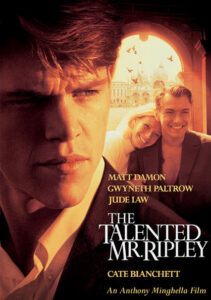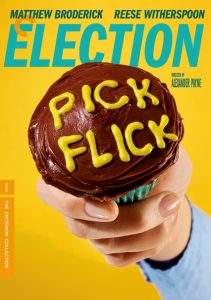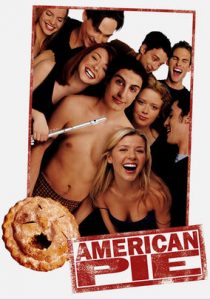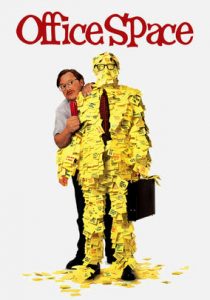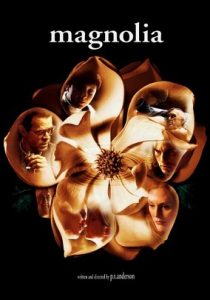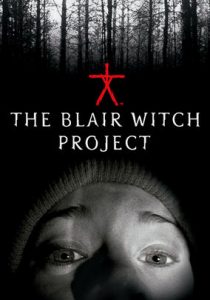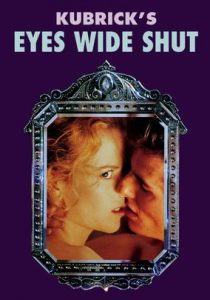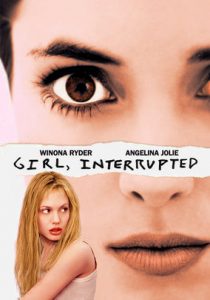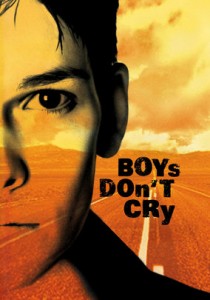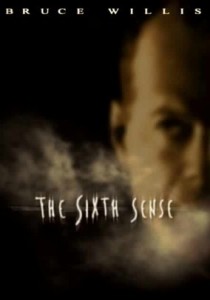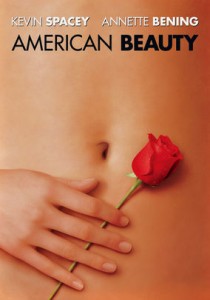The Talented Mr. Ripley-1999
Director Anthony Minghella
Starring Matt Damon, Jude Law, Gwyneth Paltrow
Scott’s Review #1,259
Reviewed May 27, 2022
Grade: A
The Talented Mr. Ripley (1999) is a psychological thriller that is Hitchcockian and would make the famous director, the esteemed Alfred Hitchcock, damned proud.
The film contains suspense, thrills, mystique, and great writing, and is an exceptional adaptation of the 1955 Patricia Highsmith novel of the same name.
A fun fact is that Highsmith also wrote the novel on which Hitchcock’s 1951 film Strangers on a Train was based.
In my opinion, the title role is the best of Matt Damon’s lengthy career, rivaling that of his debut in Good Will Hunting (1998), also a tremendous effort. His riveting portrayal showcases that he plays several layers simultaneously: calculating, sinister, vulnerable, jealous, and unhinged.
Sometimes all at once.
He shockingly was omitted from the Best Actor Oscar list which is unforgivable considering his great work. Instead, he was nominated in later years for lesser films like Invictus (2010) and The Martian (2016).
With his blonde clean-cut hairstyle, short and parted on the side, and big, studious glasses, he is half wholesome and half creepy.
The fact that the character is gay is icing on the cake and delicious for a film set in the 1950s when having an alternative lifestyle was strictly forbidden.
The setting is mainly lavish and sunny coastal Italy in the late 1950s. Tom Ripley (Damon) craves a lifestyle of luxury and manipulates his way into the life of wealthy playboy Dickie Greenleaf (Jude Law).
When Dickie’s father asks Tom to bring his errant son back home to America, Dickie, and his beautiful expatriate girlfriend, Marge Sherwood (Gwyneth Paltrow), never suspect the dangerous extremes to which Ripley will go to make their lifestyle his own.
The best part of The Talented Mr. Ripley is the compelling suspense and the twists and turns that result. It’s astounding how many layers of the plot exist without the experience being confusing or paced poorly.
Speaking of the pacing, this is another achievement of the film. Director Anthony Minghella wisely quickens the action from the snail’s pace of his earlier film The English Patient (1996) which I loved.
We immediately know much about Tom and how he makes his living by charming people and forging signatures to make ends meet. His innocent deceit soon turns fatal as he spirals downward and becomes a pathological liar and sociopath in addition to a cold-blooded murderer.
Law is tremendous as Dickie and the bold character is ambiguous in his sexuality while Tom’s is clearer. I love this about Law’s character. He is handsome and a lady’s man which would make him ripe for the picking for a closeted gay man in the 1950s to become enamored.
The key to ponder is whether the feeling is mutual or not. This remains ambiguous.
The acting, superior in every way, is made all the richer because the film is a character study, and the relationship between Tom and Dickie is cleverly dissected.
The best scene occurs on a small boat as tensions reach a crescendo between the two men. This results in dire activity.
Besides the action starting in New York, the rest of the story takes place in Italy and is mostly shot on location. This only enhances my enjoyment of the film because it showcases the Mediterranean and southern Italy more than the more familiar cities.
Not to disappoint, astounding sequences in Rome and Venice do occur.
Because of the cinematography and locales, the film has a glossy and polished look which is terrifically counterbalanced to the darkness of the story. Think American Psycho (2000) but more subdued with a larger budget.
The Talented Mr. Ripley (1999) is one of the best to emerge from a decade in cinema that was terrific. It is not as well-remembered as some others but I strongly encourage a watch to uncover a series of riches led by bold storytelling.
Oscar Nominations: Best Actor in a Supporting Role-Jude Law, Best Screenplay Based on Material Previously Produced or Published, Best Art Direction, Best Costume Design, Best Original Score
